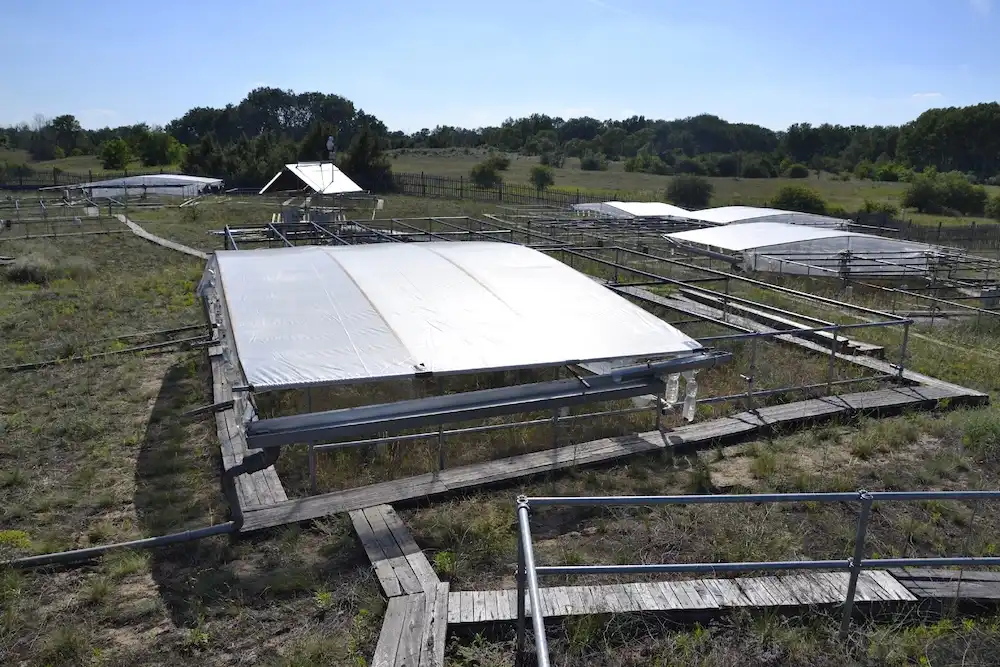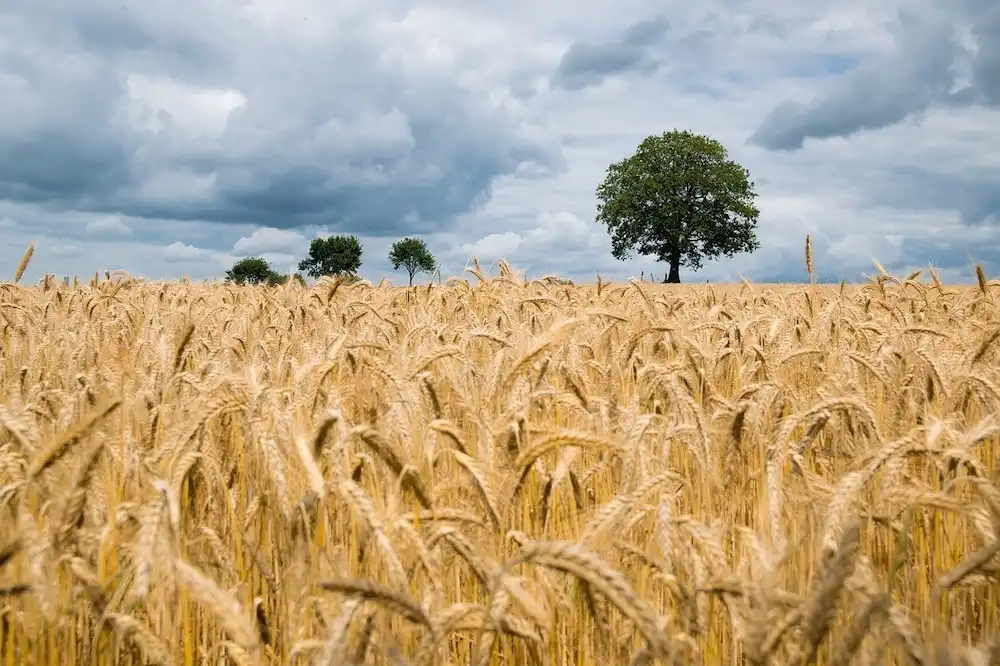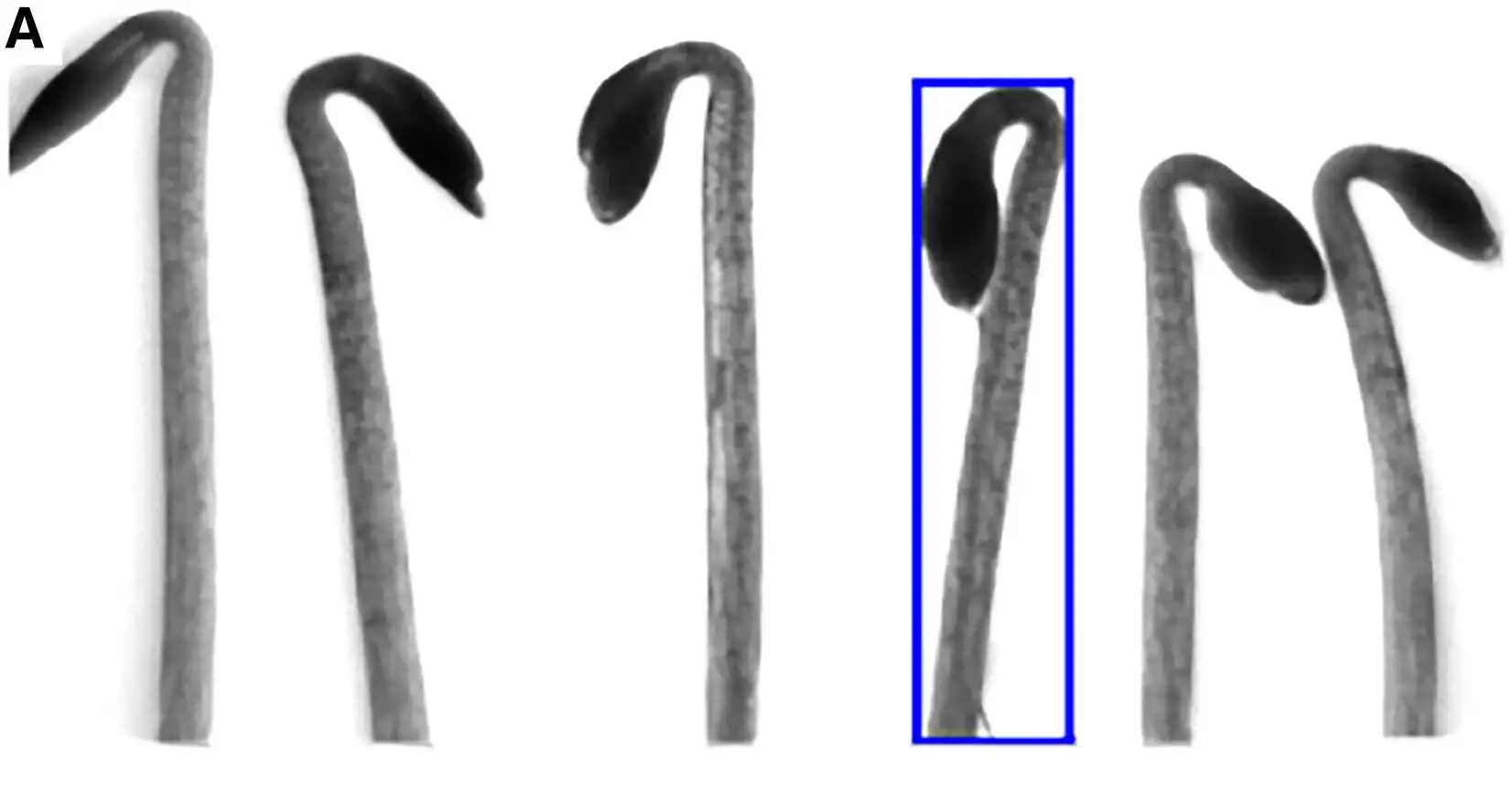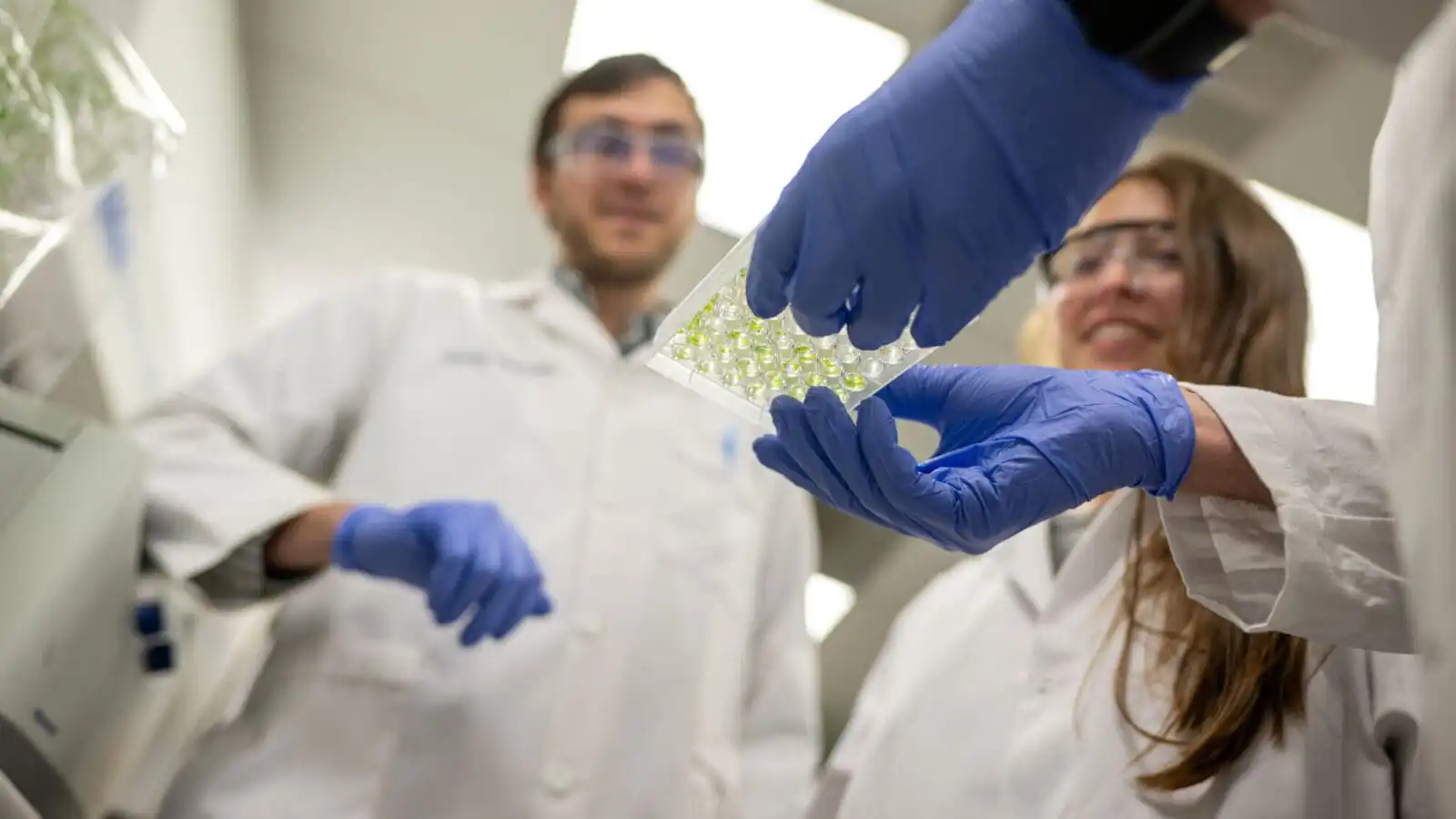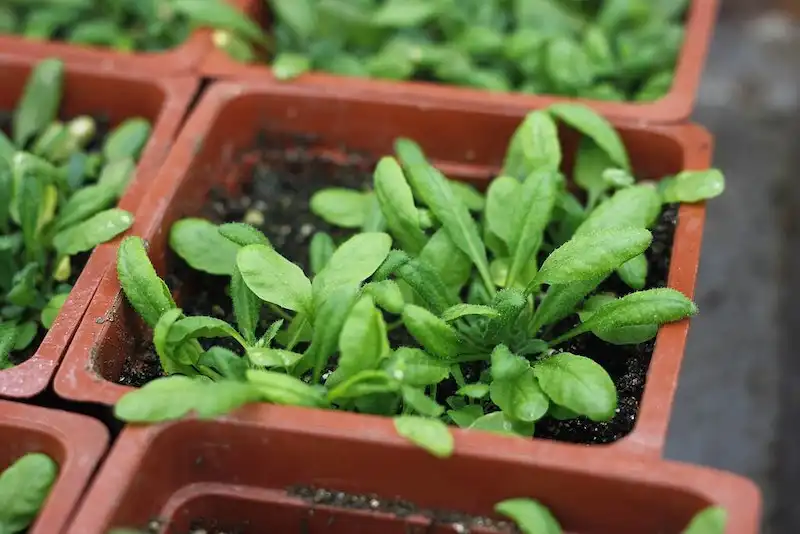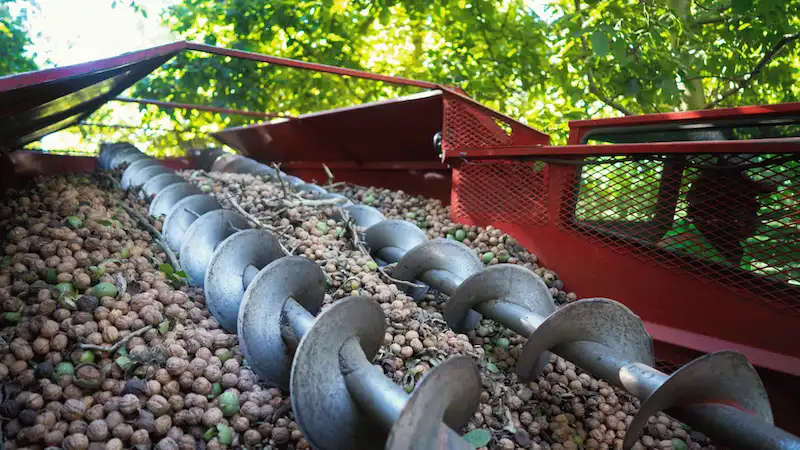
Forensic chemists investigated whether the corpse flower (Amorphophallus titanum) truly mimics human decomposition. Collecting odor samples from the bloom, she compared its chemical profile to forensic data from human remains. Her research explores overlapping compounds, aiding forensic detection and shedding light on nature’s eerie mimicry.


